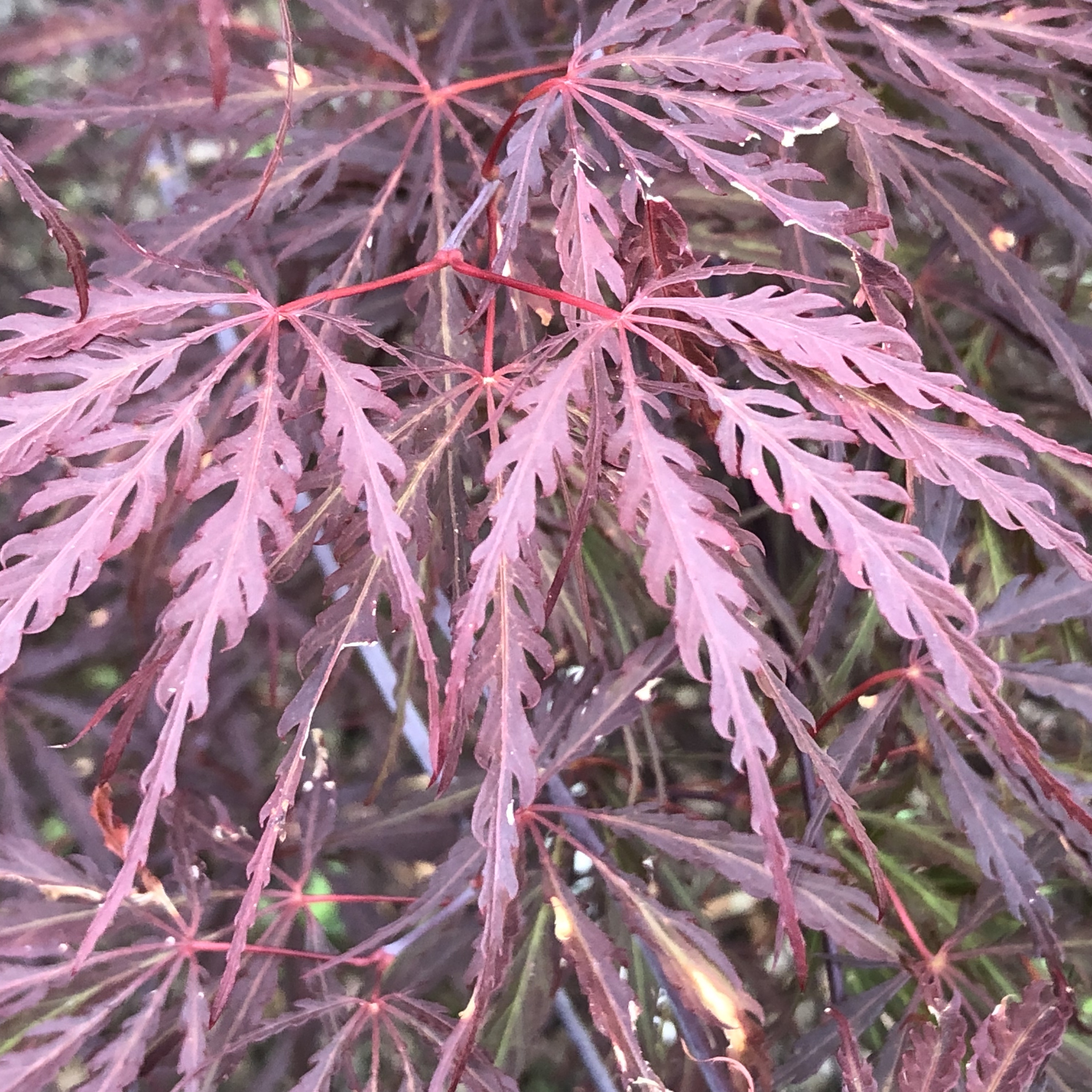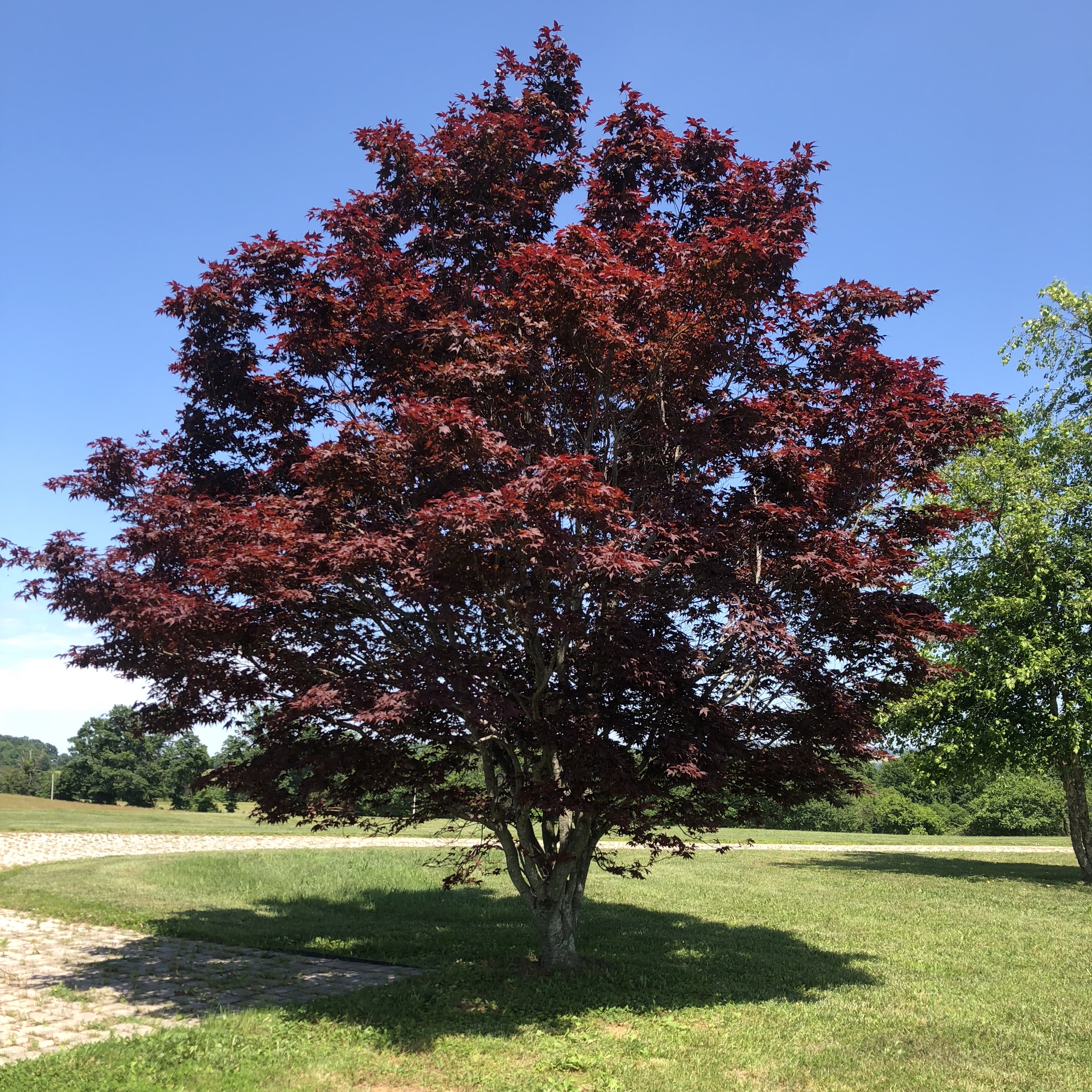The Japanese Maple tree is an ornamental tree that adds a splash of color, textural variety, and elegant drama to any landscape. The various shades of dark reddish-purple foliage is unique. The shapes and colors add dramatic contrast to a typical green landscape.
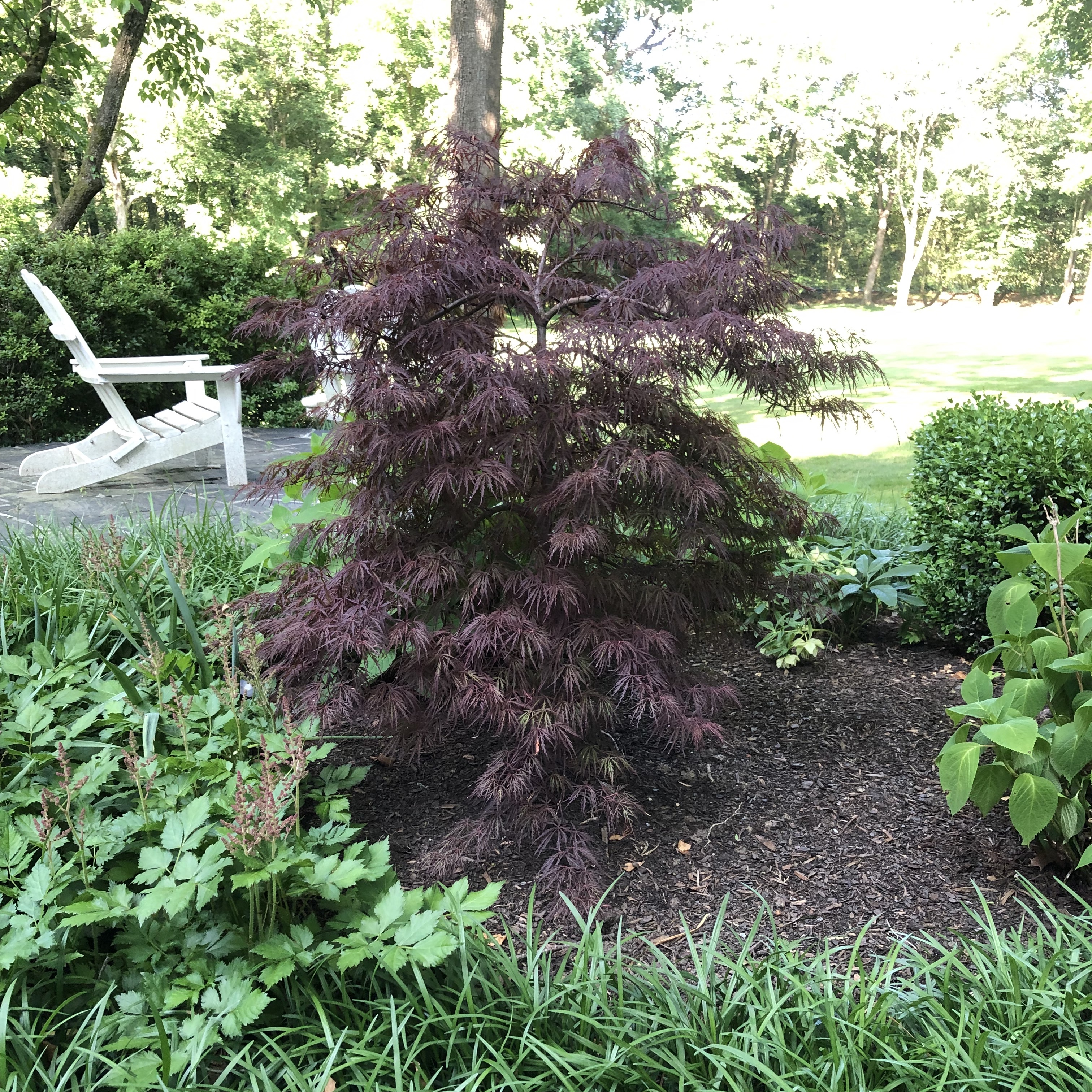
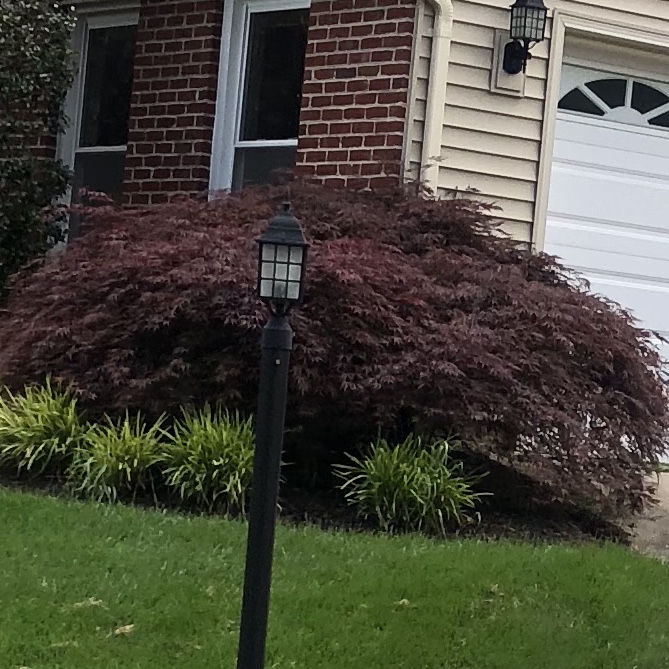
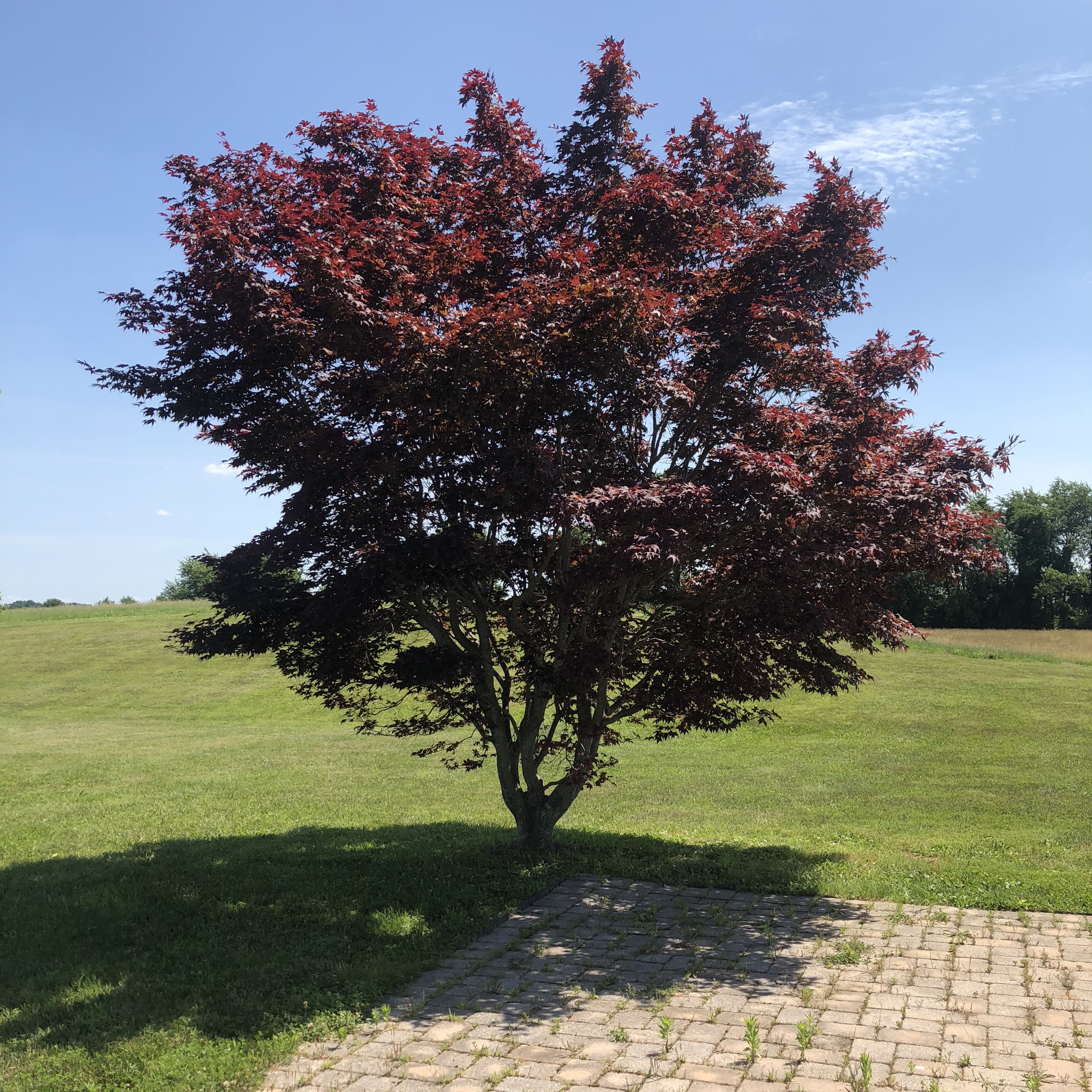
Growth Patterns of Japanese Maples
The Japanese Red Maple grows from 15’-25’ tall with a spread of 20 or more feet. Some are small trees and others are multi-stemmed shrubs. The bark is smooth and sliver in color. Some of the varieties look like trees with typical tree grown patterns. Some of the varieties resemble weeping willow trees. Many are dwarfs and remain small shrubs. Shape choice is not only important for the summer look, but also adds textural contrast in the winter when leaves fall and the branch structure is revealed
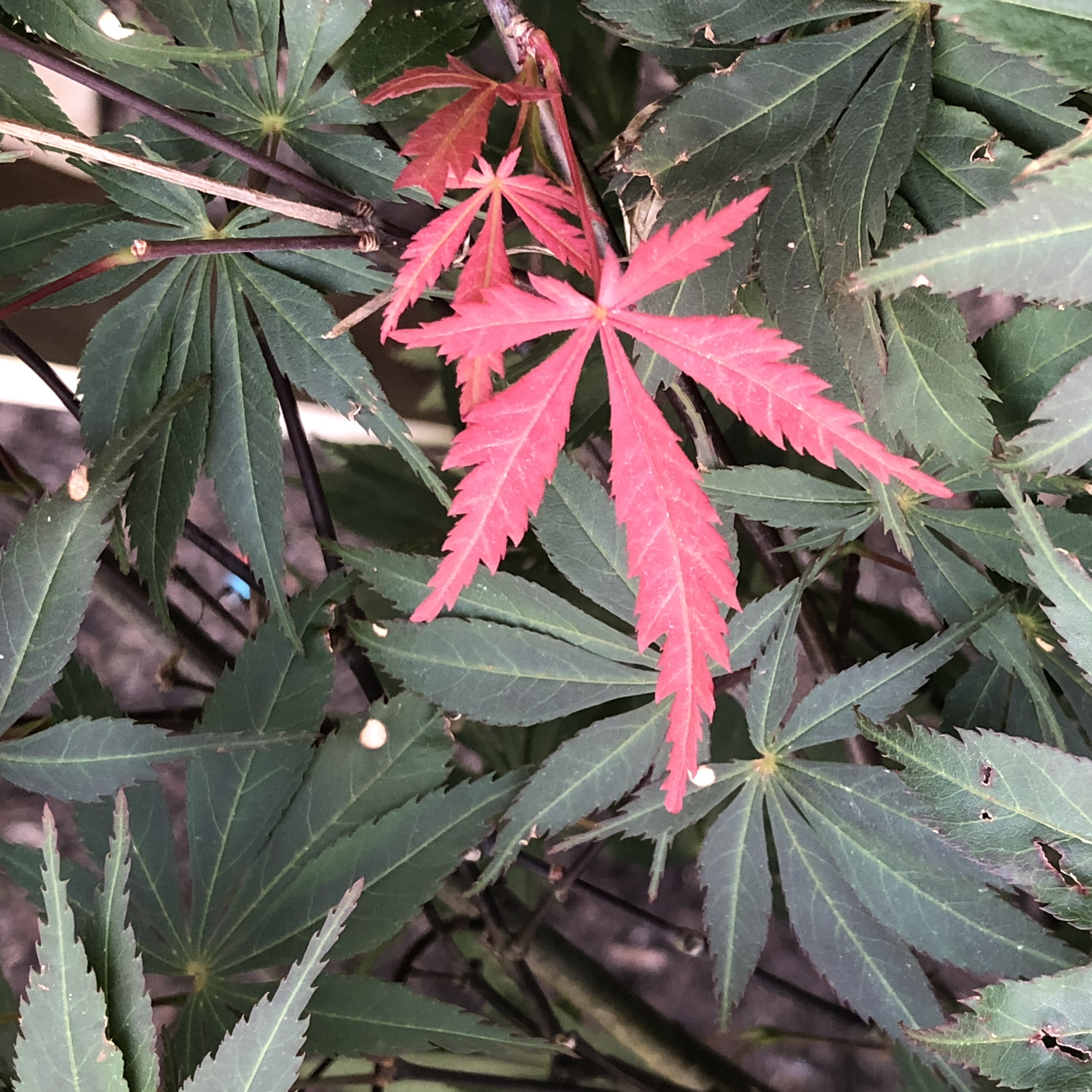
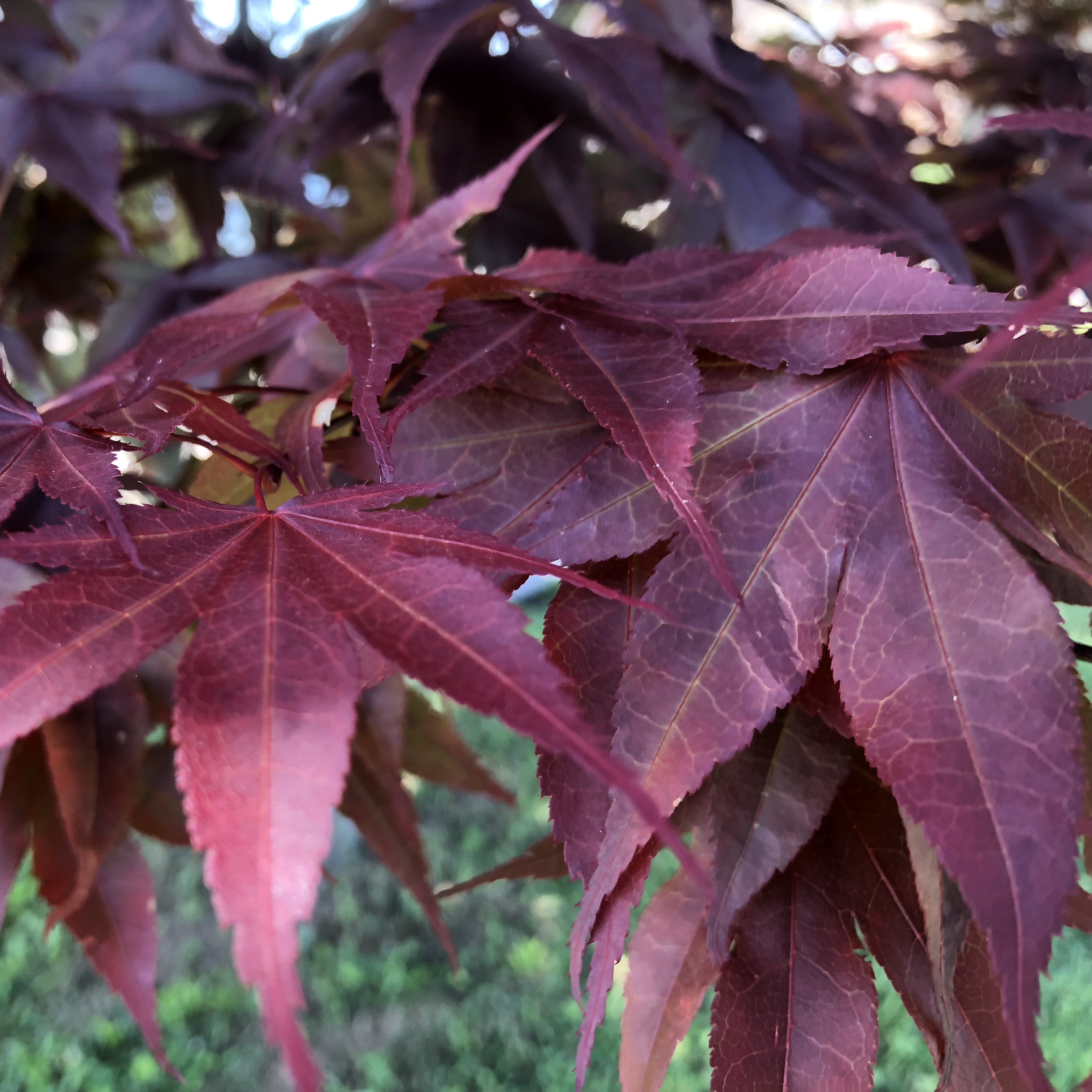
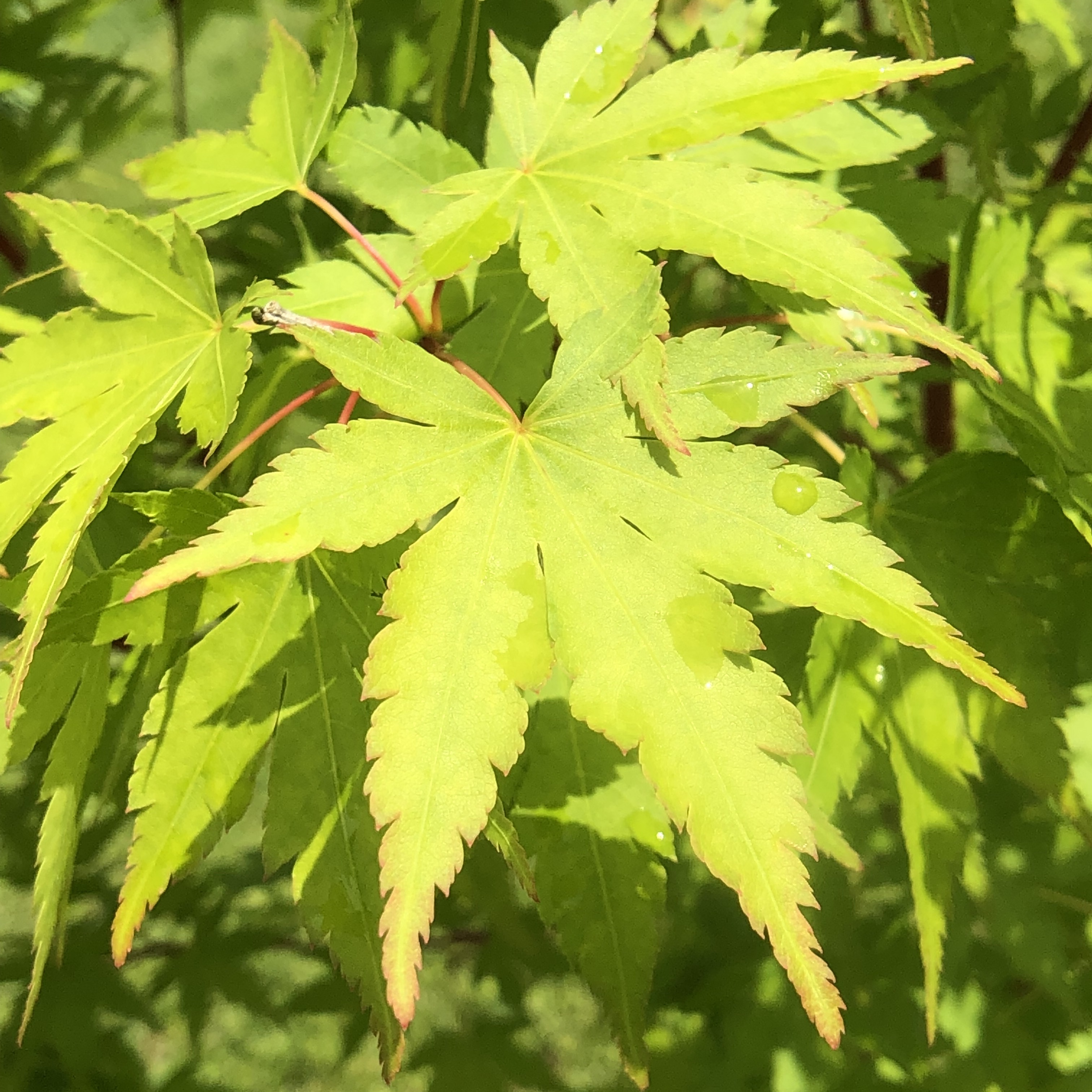
Acer palmaatum varieties & leaves
The leaves of the Japanese Maple are shaped like fingers of a hand with 5 or 7 lobes spread symmetrically. There is a tremendous amount of leaf variety depending on the variety. Each type of leaf adds a very different look to a landscape. Some of the edges are straight (Acer palmatum) and some are delicate and lacy (Acer palmatum var. dissectum). , Leaves are pink to dark reddish-purple depending on the variety. The color options are quite numerous. Many change colors as the seasons change from spring to summer and of course fall.
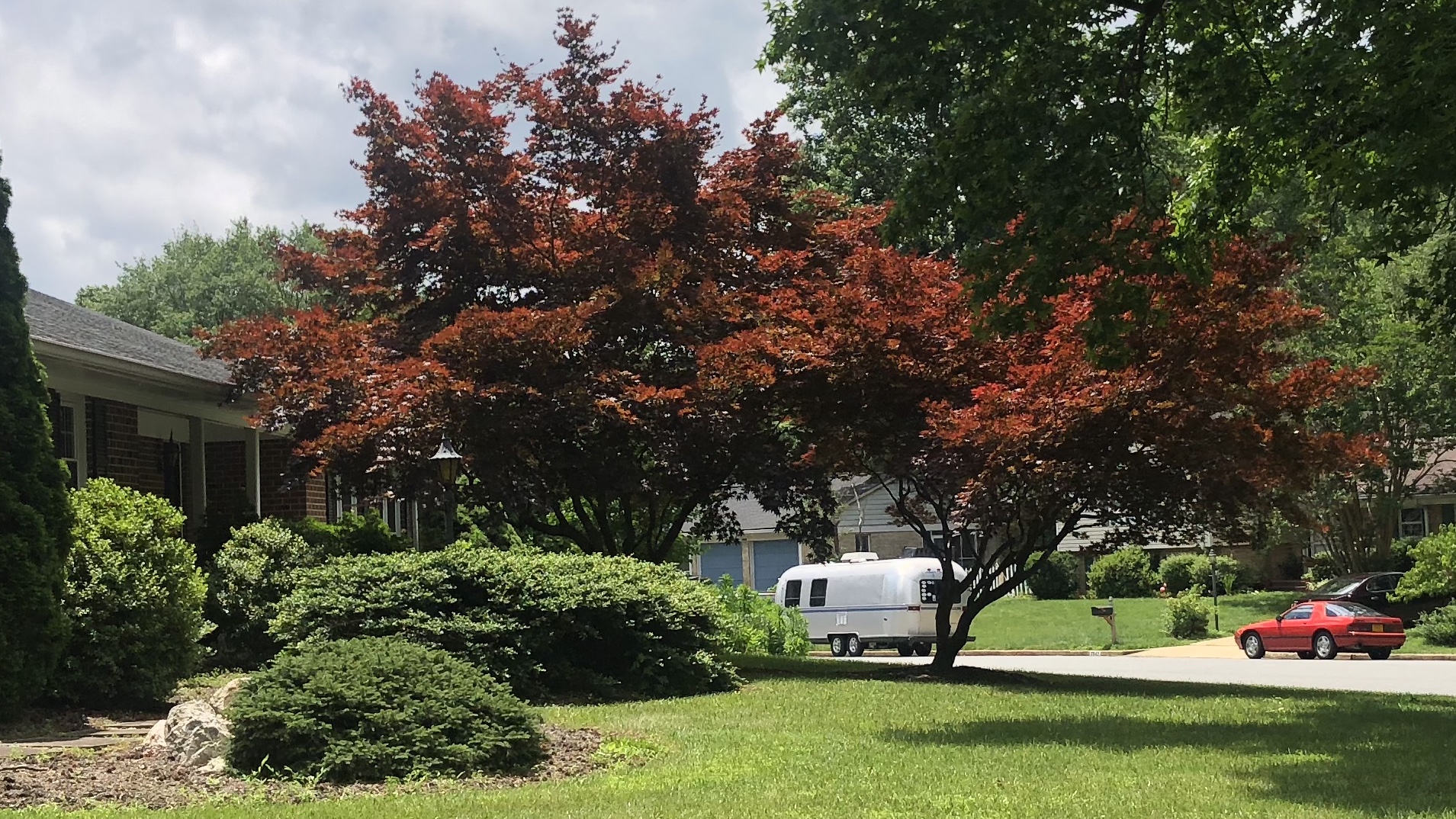
Location Preference
What Conditions do Japanese Maples Like?
Japanese Maples like full sun, a minimum of 4 hours of direct sunlight, or partial shade. They like acidic, loamy, moist but well-drained soil. Mature trees are quite drought tolerant, although younger trees need regular watering until they are established. Smaller varieties grow well in containers too. Many resources say that they benefit from some protection from high winds because of the fragile nature of the leaves and general structure. The two trees in the photo are spectacular will with no protection from the elements.
Choosing the Right Japanese Maple
-Pick your location
-Decide what shape tree or shrub you want
-Choose the leaf pattern
-Head to your local nursery or look on-line
-The choices are endless!
